Beef Industry and General Management
All Beef Industry and General Management Content
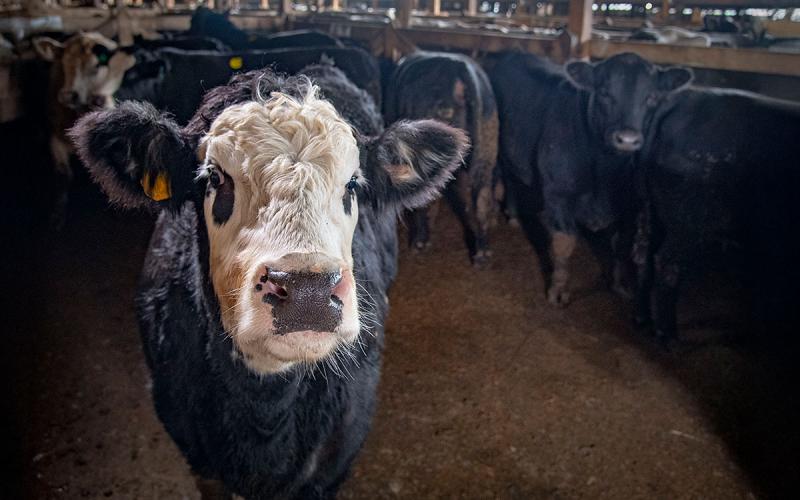
Purchasing Bred Females
Weaning time is here and the decision to retain or sell heifers is front and center. Regardless of your decision, there is opportunity to purchase bred females and increase the calves available to market next season in a strong market.
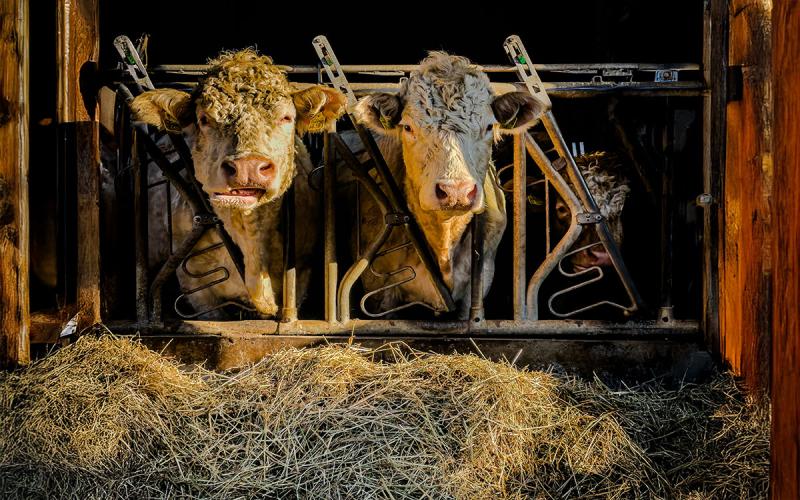
Feed Management for Efficient U.S. Livestock Systems: Introducing the National Animal Nutrition Program’s Feed Management Committee
The National Animal Nutrition Program’s Feed Management Committee brings together experts in animal science, nutrition, and natural resource management to increase awareness and use of livestock feeding management and to address conservation needs.
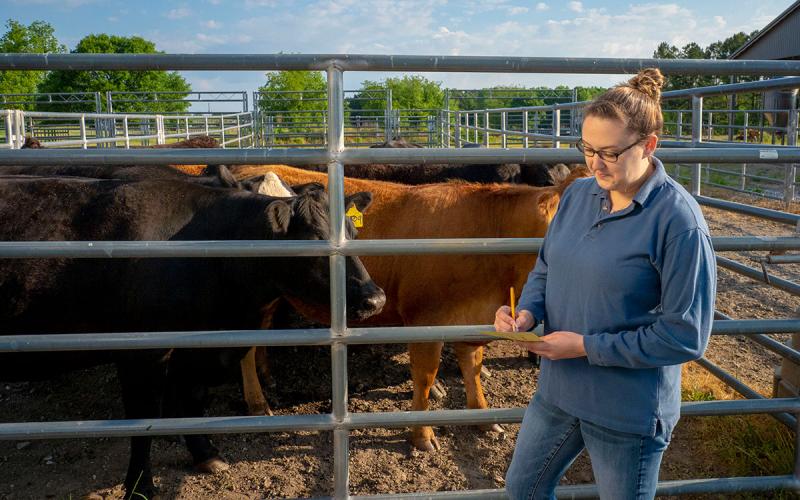
Receiving Management Matters
There are multiple factors that influence cattle help during transportation and receiving. Proper management during these events can avoid negative implications to health and performance.
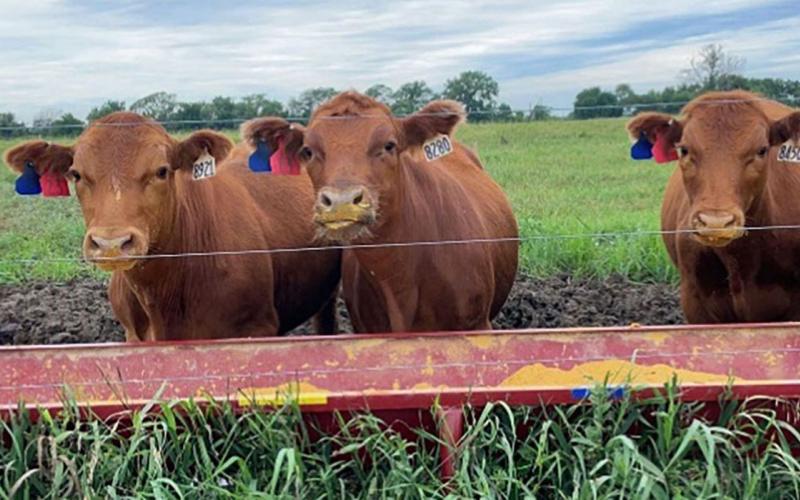
Animal Science Research and Extension Report
Research report from Animal Science Department covering a variety of areas in livestock production.
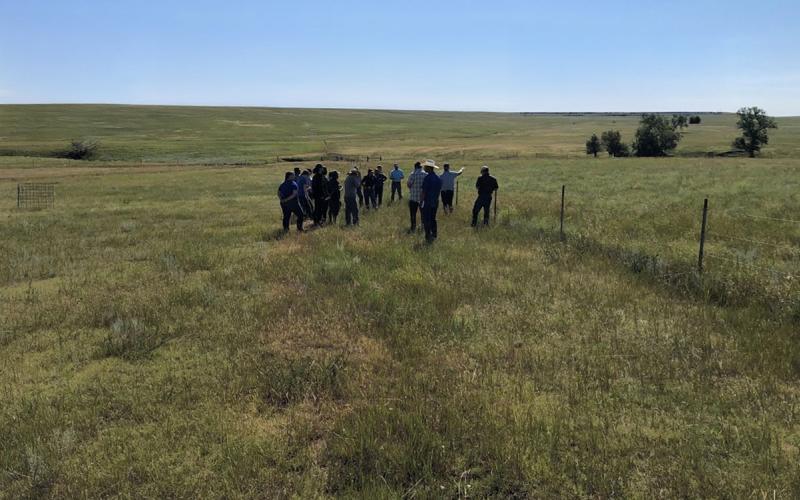
Systems Thinking for Agriculture: A tool for addressing complex ranch problems
A systems approach to management encourages producers to take multiple factors into consideration to solve problems within their agricultural operation.
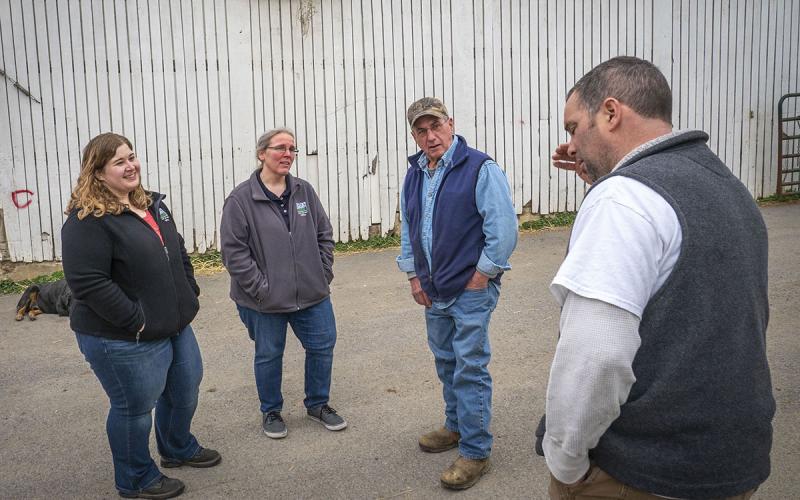
A Disaster-Ready Strategy for Cattle Operations
Cattle producers can minimize risk and maximize resilience. Having a written emergency action plan and routine exercise of the plan helps ensure animal welfare and business continuity.
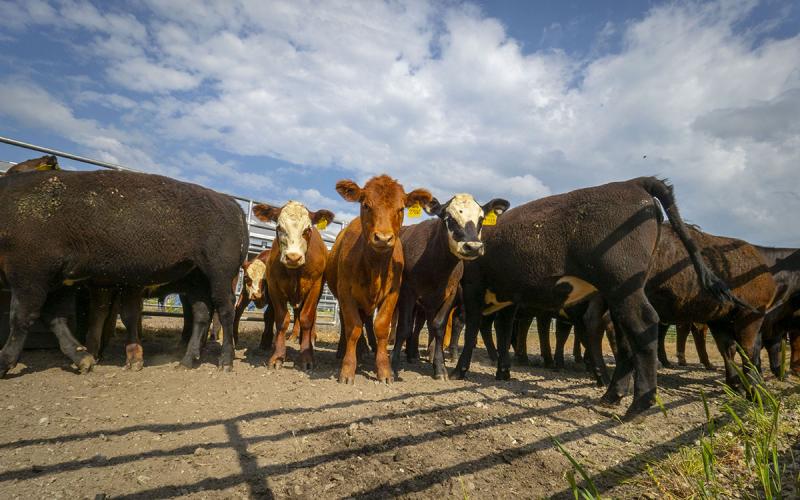
SDSU Extension Beef Team Members Receive Training for the Secure Beef Supply Plan
The Secure Beef Supply Plan provides cattle producers and industry partners with the resources needed for business continuity in case foot and mouth disease infects the United States livestock industry.
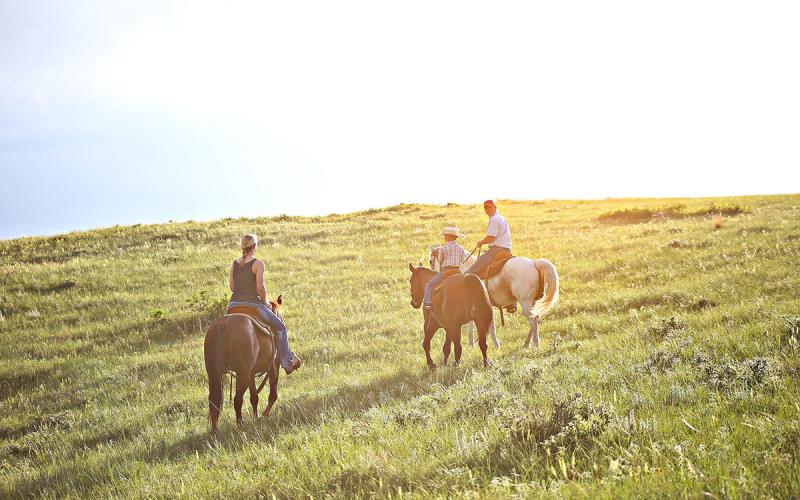
Heat Exhaustion and Heat Stroke: Protecting Your Operation
During periods of extreme heat, operations must take additional steps to protect their employees from heat exhaustion and heat stroke.
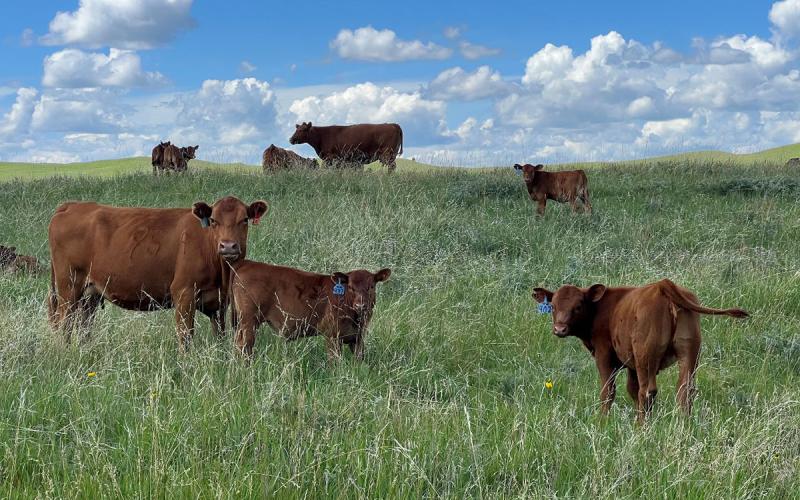
Summer Pasture Report: Discussing Rain, Pasture Recovery, and Preparing for Fall
Drought conditions across northern South Dakota have seen some relief due to the precipitation received in the past few months. Despite some decent rainfall occurring, most of the state is still behind normal for the water year.

Bud Box vs. Round Tub Systems
Cattle working systems have evolved, giving producers more options than ever before. Two of the most popular designs today are the bud box and the round tub.